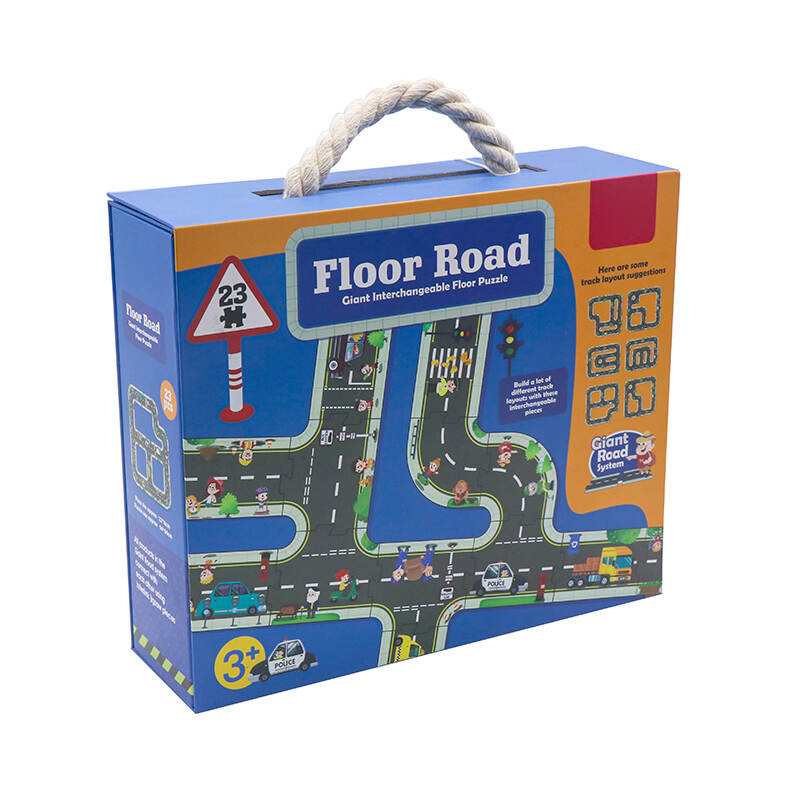How To Frame a Jigsaw Puzzle: A Step-by-Step Guide (Continued)
June 16,2022
magnetic puzzle factory,sublimation puzzle blanks supplier,puzzle 1000 supplier
Which Glue
There are a couple of options available when choosing your glues; you can use rubber cement, Mod Podge, or puzzle glue. Mod Podge and puzzle glue differ from regular glue in that they also include varnish that dries with a clear and protective finish. We do not recommend gluing your puzzle with everyday glue, as it tends to dry with a white finish.
Moreover, puzzle glue usually comes with a tremendous flat plastic applier that gets into every crack and crevice and prevents the look of brush strokes. We do not recommend that you use a brush to apply the glue because when it dries, you may see the brush strokes on your puzzle, which can be distracting, especially under specific lighting.
Preparing To Glue
Grab your parchment, wax paper, or cardboard and edge it around the sides of your puzzle. Depending on how sturdy the puzzle is, you might even be able to place your material entirely underneath. Whatever material you use will protect your table from any glue. It is up to you whether you want to do your puzzle completely on the cardboard, parchment, or wax paper or if you want to ease it under after—it is, of course, easier to do so beforehand.
Glue Your Puzzle
Put on your gloves, and grab your glue and applicator. Pour a decent amount of glue onto the top of your puzzle—make sure not to overdo it, as you might oversaturate the pieces, and they will curl up. Using your applicator, spread out your glue evenly. Allow your puzzle to fully dry—this will usually take about five hours, or you can leave it overnight. Please do not touch it while it dries, or it will leave prints.
If you notice parts of your puzzle are curling up once it’s dried, do not worry—there are options to remedy this. Flip over your puzzle and apply a light layer of glue to the back. You could also put a couple of heavy books on the back of your dry puzzle and keep them there for a couple of hours or overnight. This will also help flatten it out.
Foam Remedy
In how to frame your jigsaw puzzle: a step-by-step guide, this step is the foam remedy because it ensures your puzzle will not fall apart or warp and can stay sturdily on your wall for years to come. You should be able to purchase EVA foam from your local craft store; make sure to get your puzzle measurements before heading there. If you can’t find a large enough foam, you can buy a couple of average-sized foam pieces, or you may use wax paper.
If you are working with a large piece, place your puzzle on top of your foam, trace it out, and then cut the measured piece with scissors or a hobby knife. If you are using foam or wax paper pieces, lay them out on your puzzle tracing alongside any parts you will need to cut. Glue your foam or wax paper to the puzzle and place heavy books on the top of the backing overnight or until completely dry.
Frame It
Finally, you are ready to frame your puzzle. Double-check that everything is fully dry and that no jigsaw pieces are curling. If everything looks good, place your puzzle in your frame, following whatever framing method it requires. Secure your puzzle in the frame, and you are all set to go ahead and hang your masterpiece!
If you are looking for a magnetic puzzle factory,sublimation puzzle blanks supplier,puzzle 1000 supplier, we hope we will be your best choice.
